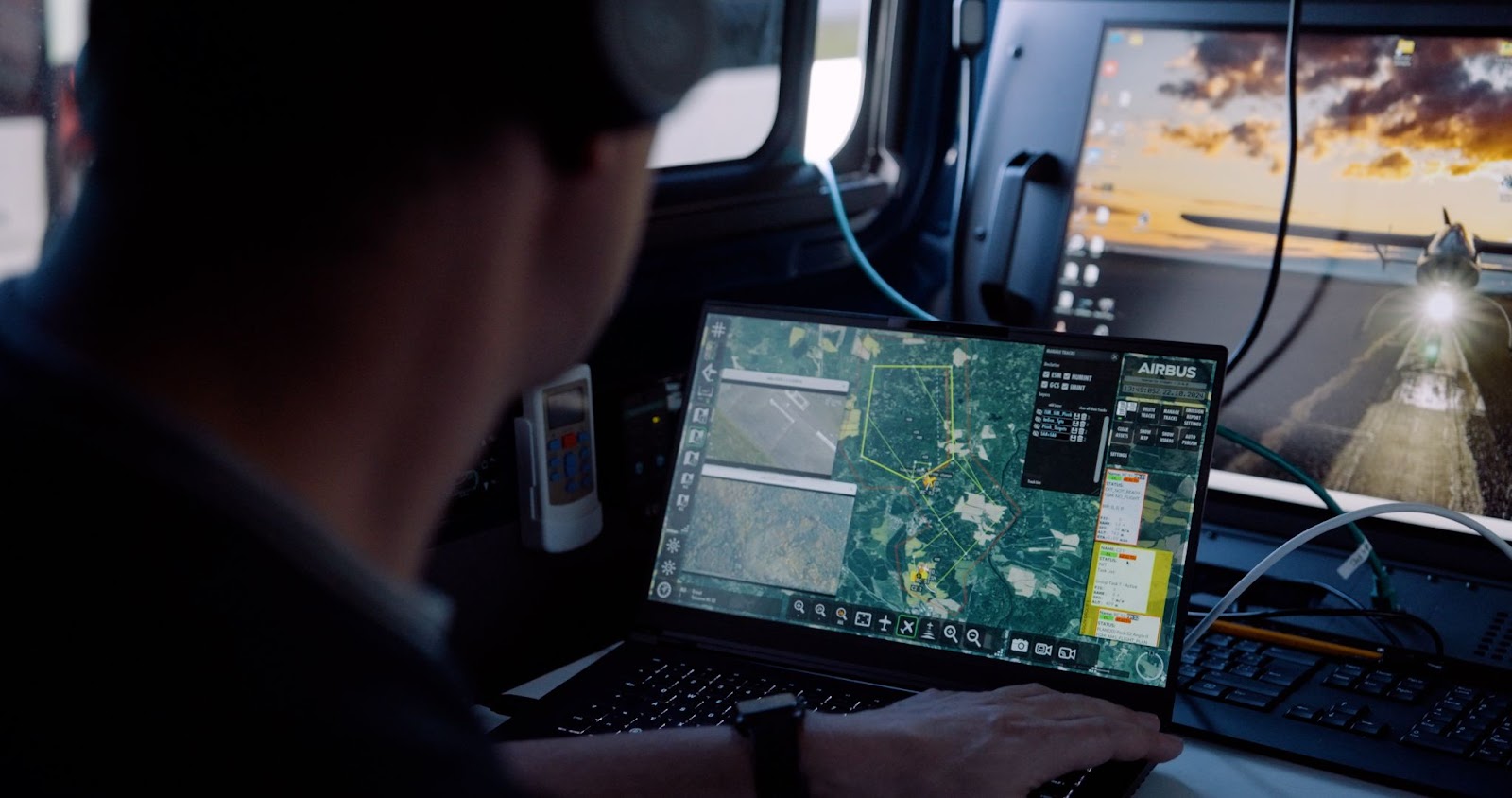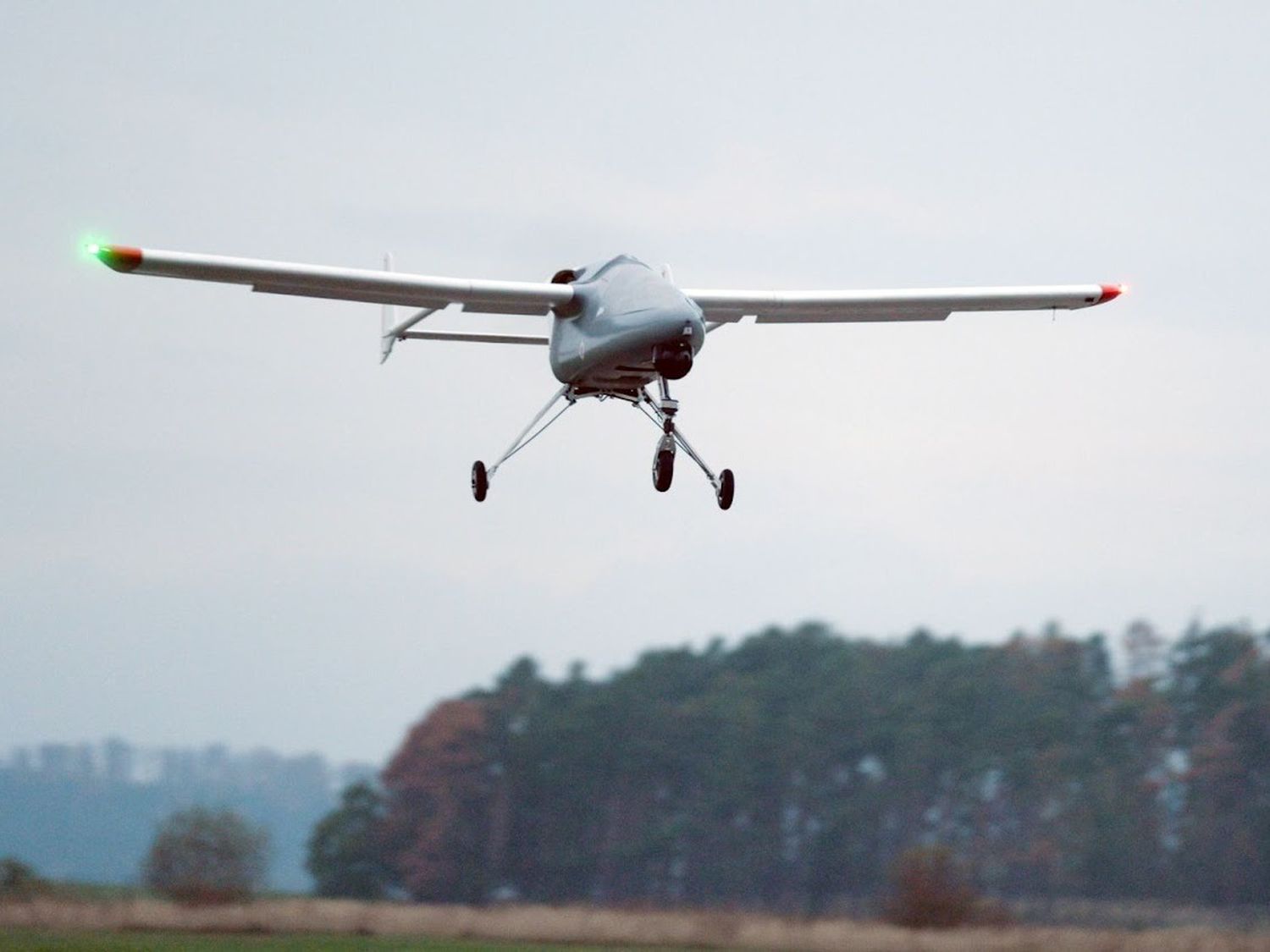Airbus tests its AI to autonomously control multiple drones
Airbus tests a "Plug & Play" AI for aircraft and drones, with open integration for third-party software.
In a recent test flight campaign, Airbus demonstrated how its teaming intelligence software can autonomously and dynamically manage a group of uncrewed aerial vehicles (UAVs) in real time. The test validated the potential of artificial intelligence (AI) in simultaneously managing multiple uncrewed aircraft while reducing the workload of ground operators or crewed aircraft pilots, allowing them to focus on mission objectives.

A Scalable and Platform-Agnostic System
Airbus conducted the demonstration at the Czech airport of Písek-Krašovice in collaboration with Primoco, a leading manufacturer of medium-sized UAVs. In one scenario, operators at Airbus’ ground station deployed two Primoco One 150 UAVs to a predefined target area. The teaming intelligence software assigned each UAV its own surveillance sector. Using Airbus’ AI-based Automatic Target Recognition (ATR) software, both aircraft were able to detect threats simultaneously. One of the UAVs then located a threat and transmitted the geospatial data of the enemy air defense system along with an alert to the ground station.
In another scenario, the UAVs were assigned separate tasks. One UAV was responsible for monitoring the area and detecting threats using Airbus’ ATR system, while the second UAV remained on standby. As soon as the first UAV detected an enemy threat, it used the teaming intelligence software to instruct the second UAV to identify the threat (an enemy air defense system) with ATR and report it to the ground operators. Meanwhile, the first UAV continued monitoring the area.
During the demonstration, Airbus and Primoco also successfully tested the integration of third-party applications beyond Airbus’ ATR. The objective was to showcase the scalability of the teaming intelligence software for any uncrewed aerial system, regardless of the manufacturer, and its capability to integrate with other applications. The test did not include a response to the detected threat; however, in a real scenario, a fighter jet pilot could have neutralized the threat using the targeting data provided by the UAVs.
Towards Commercial Implementation
Following the successful demonstration in Písek-Krašovice, Airbus is now working on the next steps to develop its teaming intelligence software into a product that can be installed on any fixed-wing, rotary-wing, crewed, or uncrewed aircraft available on the market. This also includes the integration of third-party software components, such as automatic target recognition, enabling its use beyond military applications, for example, in critical infrastructure inspections.
In previous test campaigns, such as one conducted in 2022, Airbus had already demonstrated large-scale interaction between crewed and uncrewed platforms in a concept known as Manned-Unmanned Teaming (MUM-T). In October 2024, Airbus and European partners also demonstrated how helicopters and uncrewed systems from different manufacturers can operate together. Applying MUM-T to manufacturer-agnostic crewed and uncrewed platforms will help increase the number of sensors and effectors within a future air combat system, like de Remote Carriers of the FCAS.


Comentarios
Para comentar, debés estar registrado
Por favor, iniciá sesión